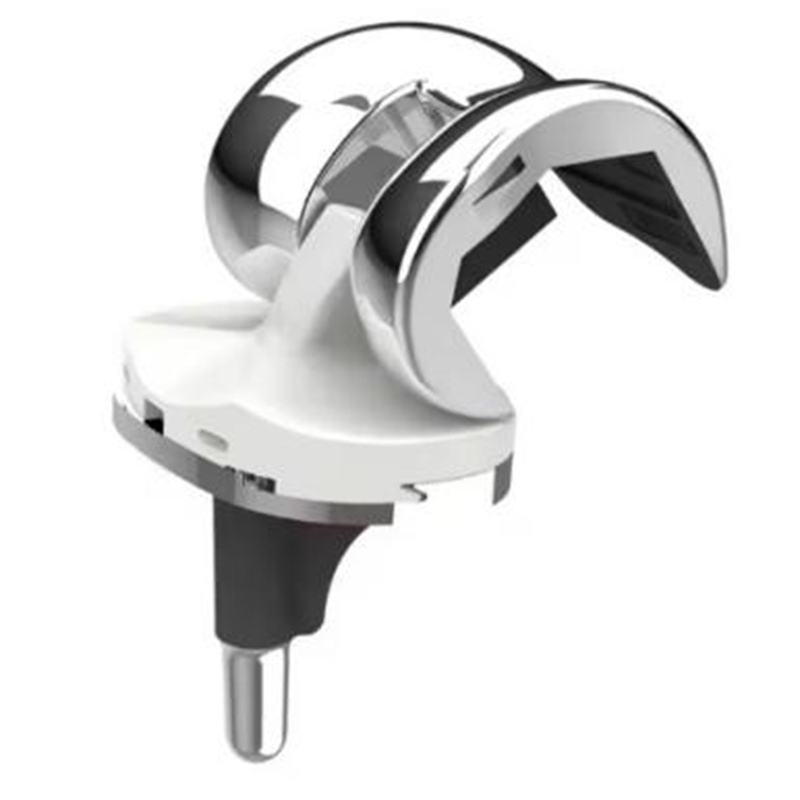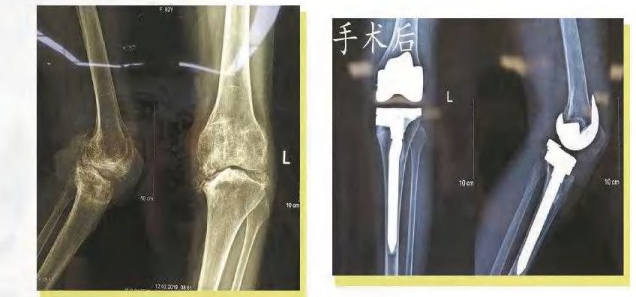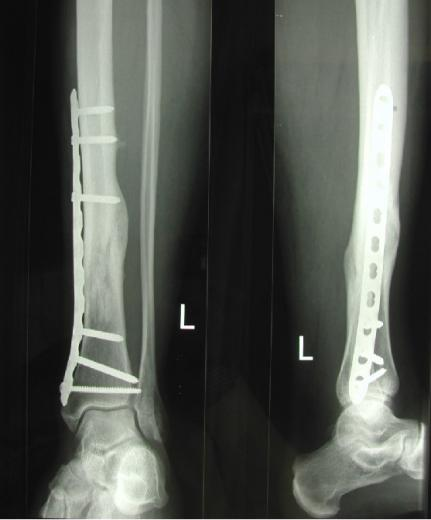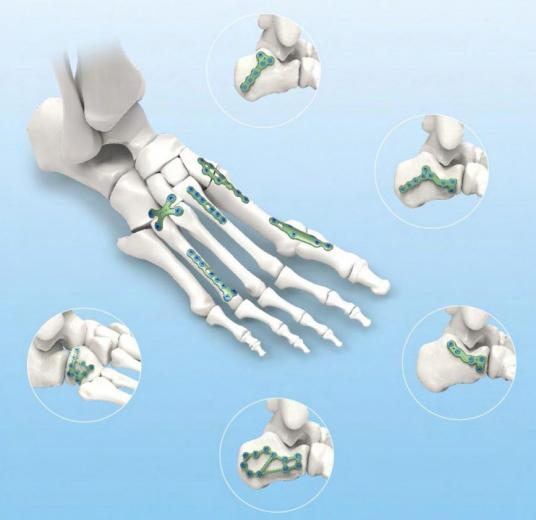Orthopedic implants have become a crucial part of modern medicine, transforming the lives of millions by addressing a wide range of musculoskeletal issues. But how common are these implants, and what do we need to know about them? In this article, we delve into the world of orthopedic implants, addressing common questions and providing insights into their role in healthcare.

What Does an Orthopedic Implant Do?
Orthopedic implants are devices used to repair or replace damaged bone or joint structures. They can restore function, alleviate pain, and improve the quality of life for patients suffering from conditions such as fractures, degenerative diseases (like arthritis), and congenital disorders. From simple screws and plates to complex joint replacements, orthopedic implants come in various forms and serve diverse purposes.


What Is an Orthopedic Implant Joint Replacement?
Orthopedic implant joint replacements involve the surgical removal of a damaged joint and its replacement with an artificial prosthesis. This procedure is commonly performed on hips, knees, shoulders, and elbows. The prosthesis is designed to mimic the function of the natural joint, allowing for pain-free movement and improved mobility.
Should Orthopedic Implants Be Removed?
The decision to remove an orthopedic implant depends on several factors, including the type of implant, the patient's overall health, and the reason for implantation. For instance, some implants, like temporary fixation devices used in fracture repair, may need to be removed once healing is complete. However, implants like hip or knee replacements are typically designed to be permanent and may not require removal unless complications arise.



What Is a Complication of Orthopedic Implants?
While orthopedic implants are highly effective, they are not without risks. Complications can include infection, implant loosening, fracture of the implant or surrounding bone, and soft tissue damage. Infections are particularly serious and may require aggressive treatment, including implant removal and antibiotic therapy.
Are Orthopedic Implants Permanent?
The majority of orthopedic implants are designed to be permanent solutions. However, as mentioned earlier, some implants may need to be removed due to complications or changes in the patient's condition. Regular follow-up appointments and imaging studies are crucial to monitor the implant's integrity and address any issues promptly.


What Is the Hardest Orthopedic Surgery to Recover From?
Determining the hardest orthopedic surgery to recover from is subjective and depends on various factors, including the patient's age, overall health, and the complexity of the surgery. However, complex joint replacements, such as total hip or knee arthroplasties involving significant bone resection and soft tissue manipulation, often have longer and more challenging recovery periods.


Can Orthopedic Implants Be Reused?
Orthopedic implants are generally not reused. Each implant is designed for a single use and is sterilely packaged to ensure patient safety. Reusing implants would increase the risk of infection and other complications.
Are Orthopedic Implants MRI Safe?
The MRI safety of orthopedic implants depends on the material and design of the implant. Most modern implants, particularly those made of titanium or cobalt-chromium alloys, are considered MRI-safe. However, some implants may contain ferromagnetic materials that can cause artifacts on MRI images or even pose a risk of movement within the magnetic field. It is crucial for patients to inform their healthcare providers about any implants they have before undergoing an MRI.


What Are the Different Types of Orthopedic Implants?
Orthopedic implants can be broadly classified into several categories based on their application:
1. Fracture Fixation Devices: Plates, screws, nails, and wires used to stabilize bone fragments and promote healing.
2. Joint Prostheses: Artificial joints, such as hip and knee replacements, designed to restore joint function.
3. Spinal Implants: Devices used to fuse vertebrae, stabilize the spine, or correct spinal deformities.
4. Soft Tissue Implants: Artificial ligaments, tendons, and other soft tissue replacements.


How Long Do Titanium Orthopedic Implants Last?
Titanium orthopedic implants are highly durable and can last for many years, often decades. However, their lifespan depends on various factors, including the patient's activity level, the quality of the implant, and the surgical technique used for implantation. Regular follow-up and monitoring are essential to ensure the implant's continued integrity and function.
What Are the Side Effects of Metal Implants?
Metal implants, particularly those made of titanium or cobalt-chromium alloys, are generally well-tolerated by the body. However, some patients may experience side effects such as implant-related pain, allergic reactions, or metal sensitivity. In rare cases, metal ions may be released into the surrounding tissue, leading to local inflammation or systemic toxicity (metallosis).
What Are the Types of Failures That Occur in Orthopedic Implants?
Orthopedic implants can fail in several ways, including:
1. Aseptic Loosening: Implant loosening due to wear and tear or inadequate bone integration.
2. Fracture: Breakage of the implant or surrounding bone.
3. Infection: Bacterial contamination of the implant site.
4. Wear and Tear: Progressive wear of the implant surfaces, leading to decreased function and pain.
5. Dislocation: Movement of the implant out of its intended position.
Understanding the complexities and nuances of orthopedic implants is crucial for both patients and healthcare providers. As technology advances and our understanding deepens, the field of orthopedic implant surgery continues to evolve, offering new hope and improved outcomes for patients with musculoskeletal disorders.
Post time: Oct-31-2024










